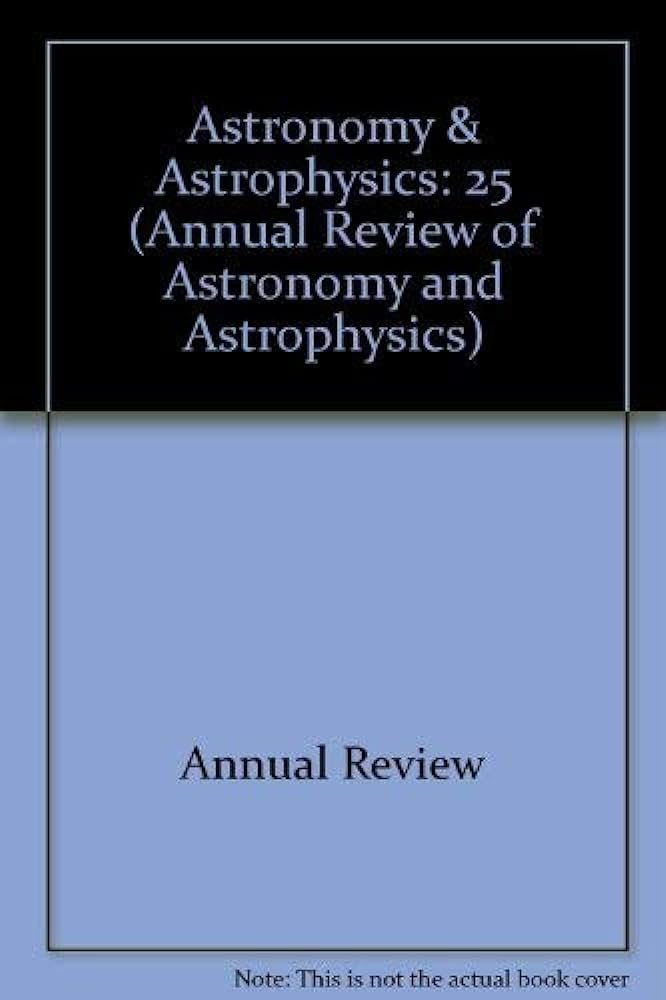恒星与行星构成的联系
IF 32.5
1区 物理与天体物理
Q1 ASTRONOMY & ASTROPHYSICS
Annual Review of Astronomy and Astrophysics
Pub Date : 2024-09-13
DOI:10.1146/annurev-astro-071221-053007
引用次数: 0
摘要
事实证明,"了解恒星,了解行星 "这句口号对于系外行星科学的许多方面都非常重要。在此,我将回顾恒星丰度如何帮助我们了解行星的组成,进而了解行星的形成和演化。我将特别讨论恒星-行星之间最紧密的联系仍然是巨行星-金属性相关性,其强度可能表明行星形成与褐矮星形成之间的断裂点。我们对行星形成的金属性下限并没有很好的约束,尽管 TESS 的新统计数据正在提供帮助,而且在低[Fe/H]时,α 元素似乎可以替代铁元素成为行星形成的种子。恒星光球(尤其是太阳)中难熔元素相对于挥发性元素的损耗最初被认为是小行星形成的标志,但解释起来很困难,双星成分的微小差异大多可以归因于行星形成以外的过程。我们可以而且应该超越对巨行星及其宿主恒星中碳氧比例的比较,将其他挥发性和难熔物质纳入其中,以更好地制约行星的形成路径。小行星的体积密度与寄主恒星的金属性之间似乎存在正相关,但小行星的难熔物成分与其寄主恒星的难熔物成分--以及它们的真正多样性--之间的匹配程度究竟有多接近,目前仍不确定。本文章由计算机程序翻译,如有差异,请以英文原文为准。
The Star–Planet Composition Connection
The mantra “know thy star, know thy planet” has proven to be very important for many aspects of exoplanet science. Here I review how stellar abundances inform our understanding of planet composition and, thus, formation and evolution. In particular, I discuss how: ▪ The strongest star–planet connection is still the giant planet–metallicity correlation, the strength of which may indicate a break point between the formation of planets versus brown dwarfs. ▪ We do not have very good constraints on the lower metallicity limit for planet formation, although new statistics from TESS are helping, and it appears that, at low [Fe/H], α elements can substitute for iron as seeds for planet formation. ▪ The depletion of refractory versus volatile elements in stellar photospheres (particularly the Sun) was initially suggested as a sign of small planet formation but is challenging to interpret, and small differences in binary star compositions can be attributed mostly to processes other than planet formation. ▪ We can and should go beyond comparisons of the carbon-to-oxygen ratio in giant planets and their host stars, incorporating other volatile and refractory species to better constrain planet formation pathways. ▪ There appears to be a positive correlation between small planet bulk density and host star metallicity, but exactly how closely small planet refractory compositions match those of their host stars—and their true diversity—is still uncertain.
求助全文
通过发布文献求助,成功后即可免费获取论文全文。
去求助
来源期刊

Annual Review of Astronomy and Astrophysics
地学天文-天文与天体物理
CiteScore
54.80
自引率
0.60%
发文量
14
期刊介绍:
The Annual Review of Astronomy and Astrophysics is covers significant developments in the field of astronomy and astrophysics including:The Sun,Solar system and extrasolar planets,Stars,Interstellar medium,Galaxy and galaxies,Active galactic nuclei,Cosmology,Instrumentation and techniques,
History of the development of new areas of research.
 求助内容:
求助内容: 应助结果提醒方式:
应助结果提醒方式:


